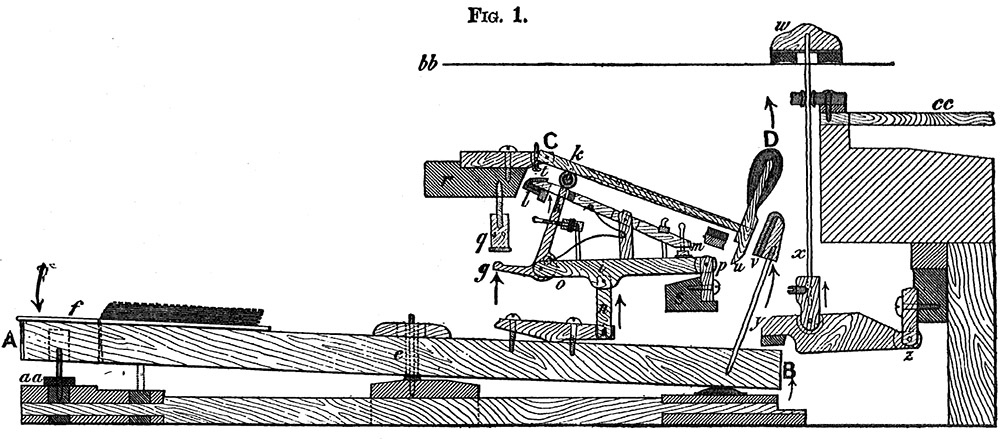Piano Tone Production Conclusion
The acquisition of good tone production is materially facilitated by the possession of a good instrument.
The better the instrument, the greater the probability that the player will attempt to achieve variety in tone, and the more perceptible are the aural differences that result from good or bad production.
When a piano string generates sound, you hear the compression and rarefaction of the vibrating string. You are able to quickly and easily decipher the sound produced. However, this seemingly simple task is actually very complex and requires the use of a number of brain areas that specialize in auditory perception and the recognition of its individual elements.
When a piano string generates sound, you hear the compression and rarefaction of the vibrating string. You are able to quickly and easily decipher the sound produced. However, this seemingly simple task is actually very complex and requires the use of a number of brain areas that specialize in auditory perception and the recognition of its individual elements.
Summary of Piano Instrument
- The outer case of the instrument contains 2 distinct portions.
- The instrument proper.
- The mechanical components by which to excite it into sound.
- The instrument proper consists of
- the sounding board, and
- the strings with the wooden or iron frame to enable the tension of the strings.
- The exciting consists of the series of little mechanisms.
- The action or mechanism comprises the key and all the other elements.
- The "leverage system" was designed to facilitate the attainment of a high degree of velocity at the hammer end.
- Communicate energy to the string in the form of motion.
- The "escapement" is a device that enables the hammer to rebound with and from the string while the key remains depressed.
- A "check" is a mechanism that is to catch the hammer on its rebound from the string.
- The "damper" stops the strings vibrations when the key is allowed to rise.
- The "damper pedal" raises all of the dampers off the strings, and leaves them free to vibrate.
- The soft pedal is called the "una corda pedal".

The above diagram forms an illustration of the best type of present day grand action, it is a type now adopted as to its principle by all the great makers. Although each piano manufacturer has slight modifications as to its details, the basic functionality between manufacturers is the same.
We as pianists should regard the whole of the mechanism from A to D inclusive as the key. The piano mechanism however often technically applies this term merely to the wooden rocker A-B.
This rocker is pivoted at C and carries a finger plate of ivory or Ebony at f.
C through D is the hammer pivoted at C. It has a leather covered roller attached to its underneath at K.
r and s are immovable planks reaching across the full width of the keyboard. The compound escapement is formed by the two straight levers p through o, and L through M and by the bent lever or L crank g - h termed the hopper. In conjunction with the before mentioned roller at attached to the hammer and the adjustable set of screws q and t.